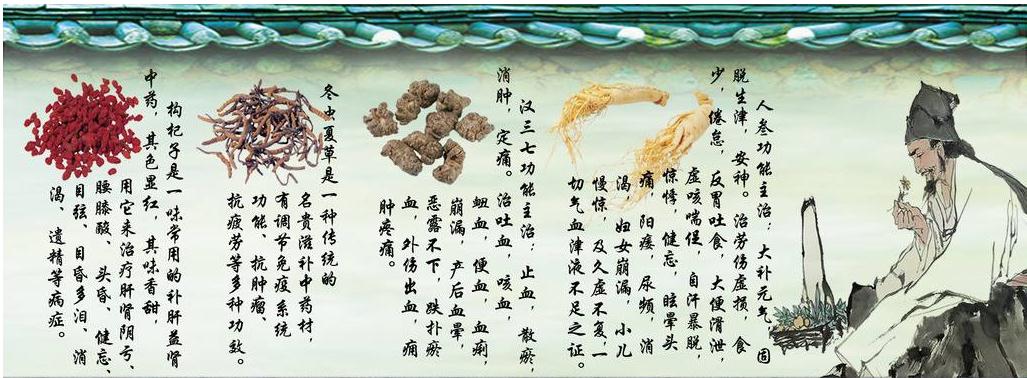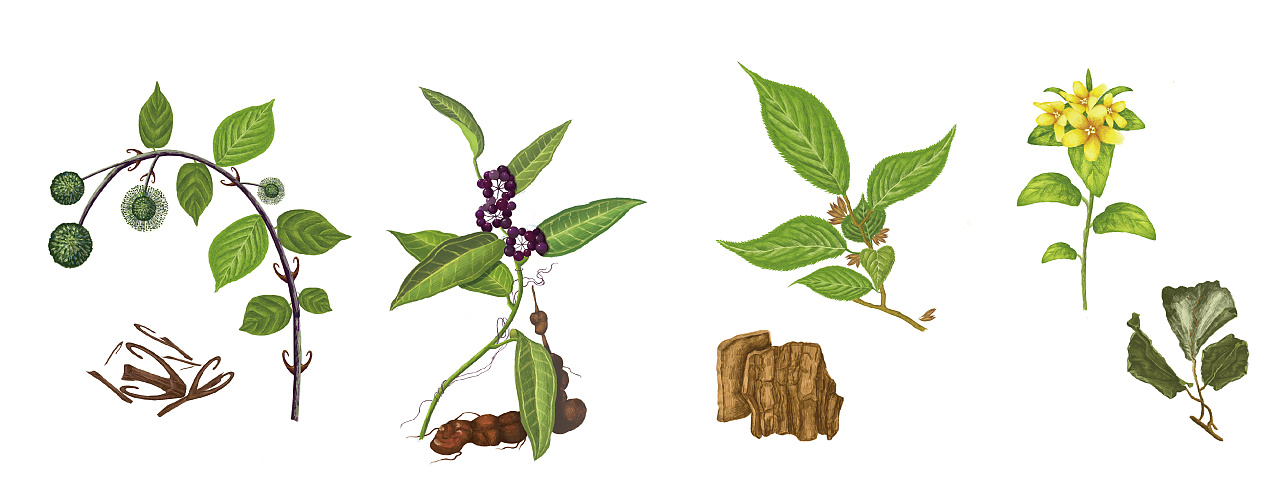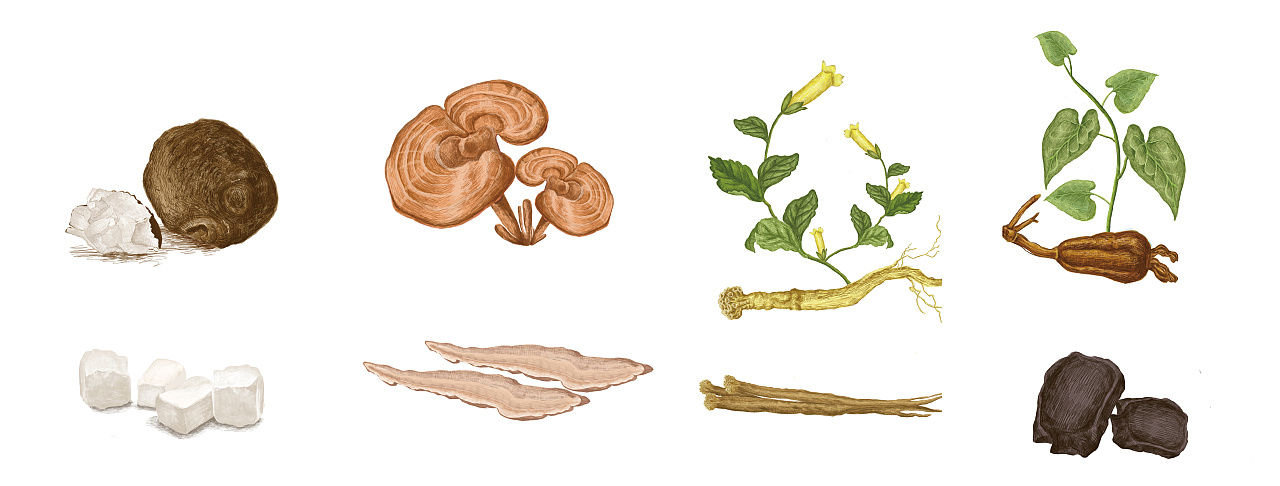The autumn of October is a period when fungus production is more lively. In the autumn, the mushrooms grow in splendid colors, and the winter cultivation seeds are in full swing, and more strains of bacteria are in progress. This month should be focused on the management of germs, and it is time to manage the mushrooming and preparation of mushrooms to ensure the ideal mushroom. Mushroom management Early autumn Pleurotus ostreatus: The management focus of this stage should emphasize a “water†character: conventionally cultivated, the mushroom bag after the mushroom has serious water loss, and should be soaked or injected to make water, in order to obtain higher yield. If the biogenic efficiency of the mushroom is above 100%, the bacteria bags can be cleaned and the next batch of oyster mushrooms can be transferred to the mushroom management. The oyster mushroom sown in September should be controlled as much as possible to make it further maturation and maximize the accumulation of nutrients, which will lay the foundation for mushrooming in October. Flammulina velutipes: Most velvet mushroom mushrooms come to the end, and about one third of the enoki mushroom is still mushrooming. The biggest difficulty in raising cold-season mushroom by cold storage is water management. According to the August survey, the humidity of some mushroom-flowering places was low, resulting in unsatisfactory yield. There are two major issues: First, the main location of humidity measurement is more than 1.5 meters high, and the temperature in the cold storage room is in a state of high and low. Water is used to ground water, which makes the high temperature of the high level and the humidity low. Second, the current cotton shell material mostly large shell, short velvet, low water absorption, about 30%, but also poor water holding capacity, resulting in water within the bag "congenital deficiency." Agaricus bisporus: Agaricus bisporus planted in early September, and the first tidal mushroom in the middle and late October. Pay attention to the effective replenishment of the trampoline after fruiting, so as to benefit the second tidal mushroom. Fungus categories: Due to the large temperature difference, whether it is black fungus or hair fungus, the growth rate will slow down, do not spray too much water at this time, in order to extend the growth period, maximize production. Mushrooms: High-temperature shiitake mushrooms have entered the final stage of management. As the temperature becomes lower and the temperature difference becomes larger, the quality of shiitake mushrooms will increase. However, it should be noted that after the last bubble bag in early October, to strengthen the management of low temperature, you can grow a group of high-quality fresh mushrooms, and immediately clear the shed to disinfect and sterilize. By the end of October, you can prepare the bacteria of the low temperature type strain of Lentinus edodes. The bag moves into the shed. Fungal management Strains: Regardless of secondary or tertiary species, attention should be paid to the fact that high humidity is detrimental to strains, and ventilation management should be strengthened. Conditional dehumidification should be performed. To strictly eliminate impurities, in particular, to prevent the occurrence of cyanobacteria and other devastating bacteria, once found, they should immediately use plastic bags to cover the pollution bacteria bag, moved to the shed for destruction. Mushrooms: Mushrooms of low-temperature type have been completed, at this time should pay close attention to temperature changes, in line with the "on the low is not high" principle, adjust the germ temperature, rather prolong the germination time, not due to high temperature led to bacteria bags Damaged. In some regions, shiitake mushrooms should enter into the ripening period or color change period, and they should try to lower the temperature. According to the growth condition of the mycelium, timely and appropriate punching, and widening the temperature difference and humidity difference, in order to facilitate the physiological transformation of mycelium. Moderate-low temperature type oyster mushroom: regular management can be, pay attention not to code bags, prevent burning bacteria. The fungus shed covers insect nets and sprays once every 3 days high beta cypermethrin to prevent pests such as mushrooms and mosquitoes from attacking. Agaricus bisporus: Partially cultivated Agaricus bisporus can be planted before and after mid-October. The key point of management is to prevent pests from invading. Sprinkle 300 times silly every 5 days to prevent germs breeding.
Chinese Herbal Medicine (English name: Chinese herbal medicine): Chinese medicine is mainly composed of botanical medicine (root, stem, leaf, fruit), animal medicine (viscera, skin, bone, organs, etc.) and mineral medicine. Because botanical medicine accounts for the majority of Chinese medicine, Chinese medicine is also called Chinese herbal medicine.
There are about 5,000 kinds of Chinese medicines used in various parts of China, and there are countless prescriptions made by combining various medicinal materials. After thousands of years of research, an independent science, Materia Medica, has been formed. Various medical schools in China have set up the course of natural medicine, which is called the Chinese herbal medicine.
The concept of plant extracts can be accepted and recognized by various countries, and it is also a common expression used to spread herbal medicines in various countries. The export value of plant extracts in China exceeded the export value of Chinese patent medicines as early as 1999. In European and American countries, plant extracts and their products (plant medicines or food supplements) have a broad market prospect, and have developed into an emerging industry with annual sales of nearly 8 billion US dollars.
The plant extracts in China are generally intermediate products, which are widely used, mainly used as raw materials or auxiliary materials for medicines, health foods, tobacco, cosmetics, etc. There are also many kinds of raw material plants used for extraction, and there are more than 300 plant varieties that are extracted industrially.
Chinese Herbal Medicine China Herb,Best Chinese Herbs,Chinese Healing Herbs,Chinese Herbal Medicine Guangzhou Zhongzhinan Supply Chain Co.,Ltd. , https://www.gzzhongzhinan.com




Occurrence of Edible Mushroom Farming in October
